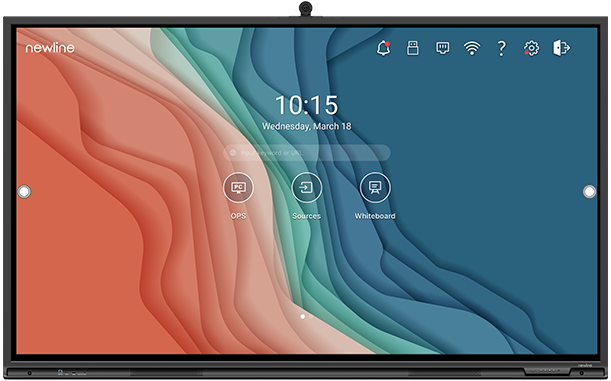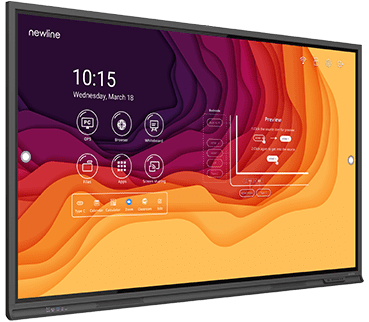The classroom is ever-changing. As time and technology slowly tweaks the way today’s students learn and adapt to new information, the best teachers are the ones who think outside of the box.
Innovative educators constantly adapt old learning strategies and lesson plans into something modern students can learn from and grow.
Educational technology is a great way that you can spice up your classroom, but it is not the only way. We found 10 things that innovative teachers do that fuel their student’s success.
1. Prioritize what is most important to your student’s future.
Innovation requires a level of honesty with yourself, especially on your goals and what is realistically possible. If you prioritize teaching the skills and lessons that will be the best for your students, you’ll worry less about trying to get everything into your lesson plans and focus more on the topics your students are more invested in.
2. Teach your students to find reliable sources.
The old school library has become outdated. Now, knowledge and information are at your students’ fingertips with search engines. Learn the ins and outs of online searches and teach your students how to effectively find reliable, useful resources during their online sources.
3. Know what tech and apps are out there – and what they are best used for
New educational apps can be exciting. But make sure that the time it takes to learn a whole new app and system is worth the end result. Avoid using new apps just because they are new and look cool. Make sure that your students learn something throughout the whole process from start to finish.
4. Be flexible but keep your high expectations
Students like a challenge. When a task is too easy, they will grow bored and start tuning you out. Having high expectations for your students’ abilities lets you keep them constantly challenging themselves to grow. But avoid the trap of becoming inflexible. Bend where you need to, and only as far as you need to.
5. Don’t let restrictive standards be an excuse for less engaging lesson plans.
Rules are rules but standards can be more like guidelines for your lesson plans. Avoid creating lesson plans limited by administrative standards. Take those initial guidelines and use them as your starting point in your lesson planning. Look at your topics from all angles to find ways you can branch off from the normal lessons and create a plan that will continue to engage your students.
6. Don’t be afraid of failure.
Ultimately, innovation is about failure. Educators, as well as students, learn more from failing than they do from always getting things right the first time. Innovators take risks, and when something doesn’t work as expected, they tweak their plans and lessons as they go along. Don’t be so afraid that a lesson has a chance to not go as planned that you refuse to try something new. Your students are worth the risk.


















